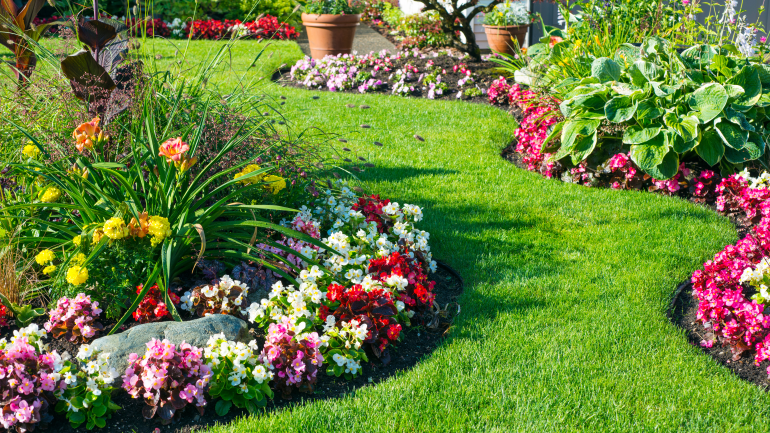Taking care of your yard during a heat wave and drought

As temperatures rise, so should the care of your yard’s lawn and landscape. It’s also important to make sure your yard is healthy before a heat wave hits.
The healthier your grass, trees, and shrubs, the more resistant it will be to summer’s extreme temperatures. Lawns, in particular, that have healthy grass leaves and deeper roots are able to store more moisture.
Here are a few recommendations on protecting your yard during a heat wave:
Put the right plant in the right place
Always select plants and grass appropriate for your climate zone. This ensures the space is not only attractive, but also will be more likely to thrive in your microclimate, be easier to maintain, and will support pollinators and wildlife. Consider water, sunlight or shade requirements for your yard.
Water at the right times
The best time to water the lawn and plants is in the early morning or late evening when its cooler.
Don’t over water
It’s okay to make your grass work hard. With little water, grass will send its roots deeperto find water. The grass then does a better job of sequestering carbon and releasing oxygen. Also, most grasses—and there are hundreds of species—will go brown during summer months where water is more scarce. It will “green up” again when conditions change.
Know what type of soil you have
The frequency and amount of water you apply to lawns and gardens vary based on its soil type, amount of organic matter, and the type of plants and grasses. Some soils holds water better than others, such as those with adequate levels of organic matter versus soils with high proportions of clay or sand.
Cut grass long
When mowing, don’t cut more than one-third of the grass height. By keeping it longer, turfgrass can develop stronger roots and a greater tolerance to heat and drought stress.
Check with your municipality for bans
There may be watering restrictions or bans on lawns and yards.
Keep foot traffic minimal
For already stressed grass, foot traffic can cause damage. Keep people off the lawn while the heat persists.
 The Largest Number of Homes for Sale
The Largest Number of Homes for Sale